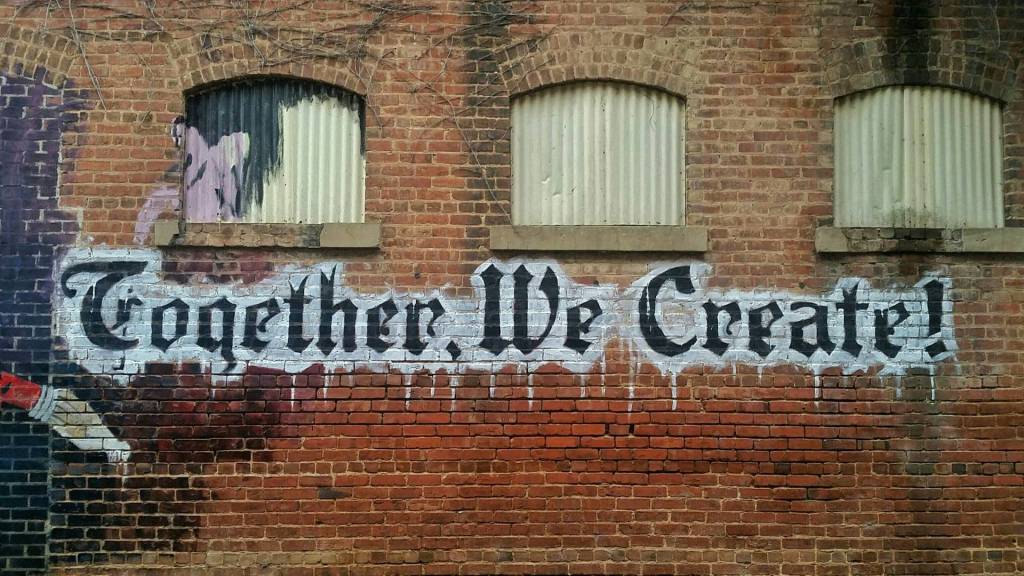Many articles point to the fact that the job interview is really all about the so-called cultural fit of the candidate, provided the skill and experience requirements are met as well of course. The thing is that in addition to the hiring manager, several other company members, too, are interviewing candidates to add their own assessments.
For practical purposes, what’s called company culture can be separated into two distinct areas. One is influenced by the top leader of the organization, and the other is influenced by the departmental leader or the hired employee’s immediate supervisor.
Years ago, I worked at a Fortune 100 company that had a history of buying many other companies whose individual and distinct cultures had been kept intact and independent of each other all along. At one point, though, a new CEO took over and decided to instill one single culture throughout the hundreds of subsidiaries and affiliated companies under his jurisdiction. That action caused an amazing transformation. I compared the new CEO’s influence to a magnet approaching a bunch of nails: all of a sudden, all of the nails aligned and connected to the magnet.
Certainly, a departmental boss has an impact on departmental culture. Often, when you ask someone a question like, What’s it like to work at that company? the reply reflects the person’s pleasure or displeasure with his boss and, at times, his colleagues.
So, how—during the interview—can a candidate seem to fit into the company’s culture?
Similar to the cliché that says, “A leopard can’t change its spots,” a person can’t radically change personality. But because the outcome of the interview is highly influenced by a candidate’s cultural fit, the candidate can at least attempt to make the right impression, which amounts to simply the same thing as adjusting the words in the résumé to match the job requirements stipulated in the job ad.
People may have different understandings of what lies behind the proverbial cultural fit. The most accepted notion suggests that cultural fit includes the display of characteristics related to organizational cultures, such as values, language, and outlook. Culture is the behavior that results when the members of a group arrive at a set of rules for working together. The rules may include elements of decision making, daily work practices, and even such things as the office setup. For instance, some organizations are hierarchical—with office spaces and sizes linearly matching employees’ functions in the organization. At the other end of that spectrum are organizations that are very egalitarian—with open-architecture office space, in which all employees having equally open and equally sized spaces.
Before the interview, the candidate should explore with as many people as possible inside the company certain issues, such as:
* Whether the work environment is highly stressful or rather relaxed
* Whether promotion is from within or fresh experts are hired from outside
* Frequency of meetings
* Volume and tone of internal e-mails (formal or informal, friendly or abrasive?)
* Whether teamwork or individual effort is the typical means of problem resolution
* Whether employees’ opinions are solicited or not
* How well poor behavior and underperformance are tolerated
* Whether successes are celebrated and in what ways
The list is endless, but those are a few examples of issues pertinent to company culture.













